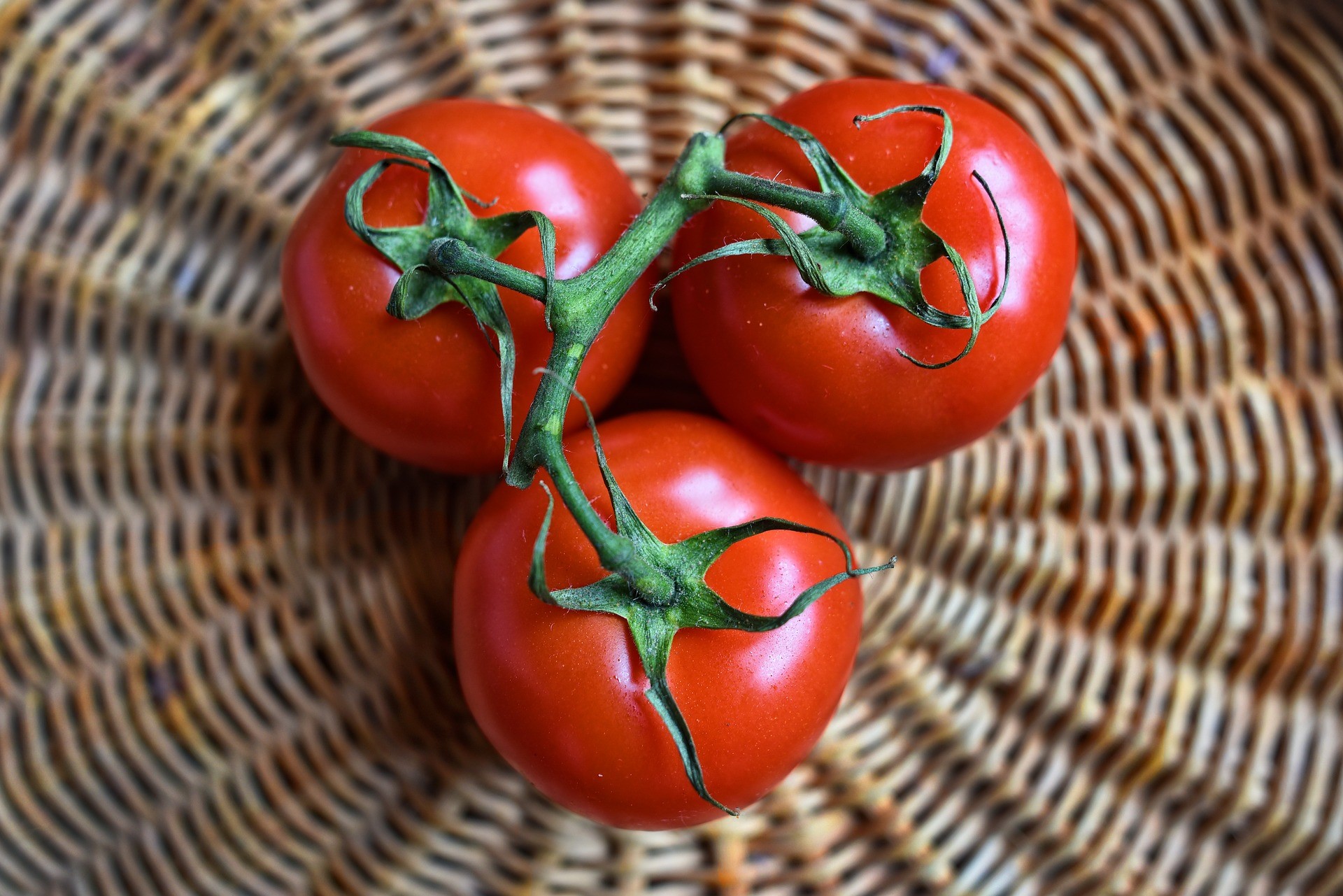As tomato breeders focused on traits that improve production such as larger fruits and more fruits per plant, some traits for other qualities (flavor, disease resistance) were lost. Now, scientists from the USDA Agricultural Research Service (ARS) and the Boyce Thompson Institute (BTI) have created a pan-genome that captures all of the genetic information of 725 cultivated and closely related wild tomatoes, mapping 4,873 genes that were absent from the original reference genome.
The first tomato genome sequence was released in 2012, revealing approximately 35,000 genes and facilitating crop improvement efforts. Since then, several hundred additional tomato genotypes have been sequenced. The pan-genome helps identify additional genes that might be available for crop breeding and improvement. "One of the most important discoveries from constructing this pan-genome is a rare form of a gene labeled TomLoxC, which mostly differs in the version of its DNA gene promoter. The gene influences fruit flavor by catalyzing the biosynthesis of a number of lipid (fat)-involved volatiles—compounds that evaporate easily and contribute to the aroma," explained James Giovannoni, a BTI faculty member and USDA scientist.
The researchers found that TomLoxC also facilitates the production of a group of apocarotenoids—organic chemicals from carotenoids including vitamin A precursors—that work as signaling molecules influencing a variety of responses in plants including environmental stresses. The compounds also have floral and fruity odors that are important in tomato taste.
(Source: Crop Biotech Update, International Service for Acquisition of Agri-Biotech Applications. www.isaaa.org)




